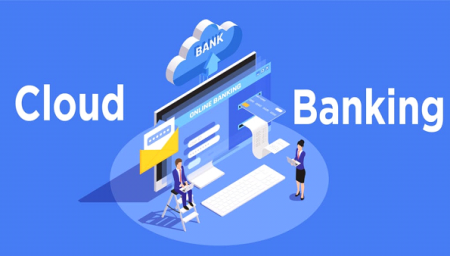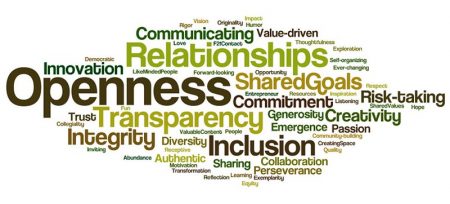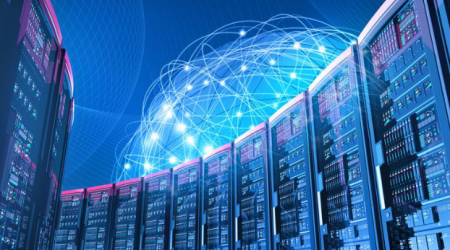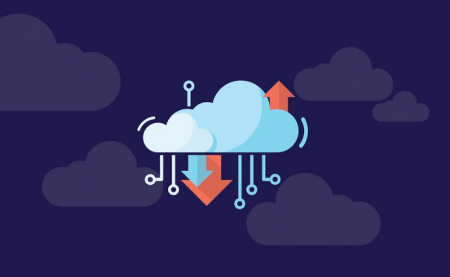Welcome to the future where the cloud isn’t only a business tool but also a means to develop a brighter and greener planet.
Do you remember the way everyone was talking about GenAI (the generative AI) last year? It was such a huge thing in tech circles! Although GenAI might seem like a revolutionary innovation, the major shift is occurring in Europe. In 2024, conversations with both cloud consumers and suppliers will generally be dominated by cloud cost optimisation and sustainability. This isn’t surprising. Organisations understand that they must not only take advantage of cloud computing but also make sure they do it properly.
Assume that you have at last secured your ideal Bali trip. Clear waves, exquisite beaches, and a wide range of mouthwatering local cuisine are all on your mind. But then, bam! Reality hits. You come across news reports concerning overflowing landfills and how tourism affects delicate ecosystems. Suddenly, that fantasy vacation becomes less dreamy.
This internal conflict-wanting the good stuff but also caring about the environment-is something businesses face too. They are dependent on technology, much of which is now run on the cloud. However, such robust cloud servers consume a lot of energy and have an unsustainable environmental impact.
Fear not, fellow eco-friendly tech friends! Modern business rapidly adapts to new methods to achieve the best of both worlds, moving forward while at the same time preserving nature.
Welcome to FinOps and GreenOps, a strong duo that have already revolutionised the tech space. Those are not ordinary power suits, but super-strong architectures that are able to revolutionise cloud IT. FinOps operates like the digital financial advisor of your cloud usage, tracking where your cloud cash is draining and how to improve your spending. At the same time, GreenOps stands out as the cloud platform’s environmental defender, helping keep your digital contrails as light as possible on the environment.
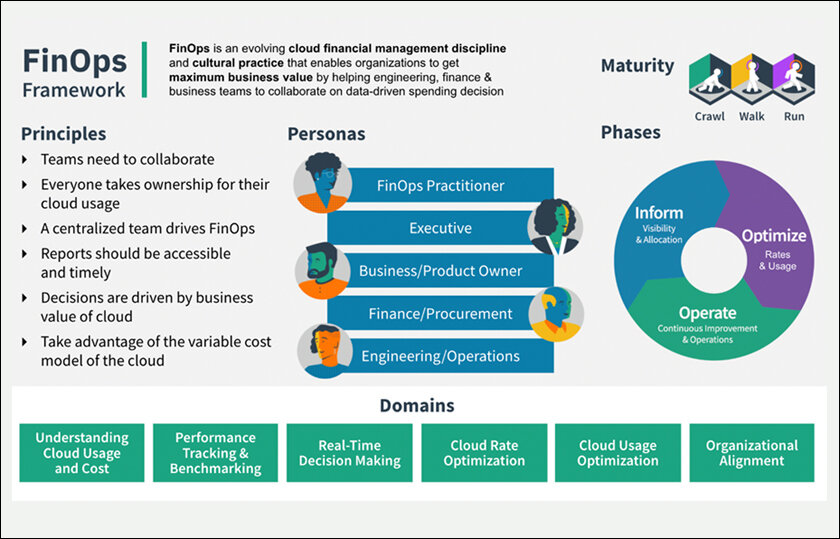
FinOps: Your Smart Shopping Guru
Assume you are arranging a feast for your whole family. You set off to the supermarket, thrilled with the idea of purchasing the many appetising commodities. However, the moment you are there and you are swallowed by various aisles and tempting displays, you buy more than you require. You toss in random snacks, get lured in by bulk discounts (that you won’t actually use), and completely forget your grocery list. The result? A hefty bill and a refrigerator overflowing with food that eventually spoils.
That’s what happens to many businesses with cloud spending. They get excited about the possibilities and scalability the cloud offers, but without a plan, they end up paying for resources they just don’t need.
FinOps comes to the rescue like your personal shopping guru. It is a cultural shift, not just a cost-saving tool,” said by Google,” Through it, businesses can use cloud computing economics properly in just the same way they plan budgets for food items. Here’s how:
- Cost Transparency: Does it happen to you that you get to the checkout and realise you spent more than you had budgeted? FinOps gives an insight into where your cloud money is being spent. It breaks down spending by service, department, or function, similarly to the checkout process for your shopping items. This will identify the point where unnecessary spending is made and motivate you to prioritise how funds are spent.
- Right-sizing Resources: Just as you wouldn’t buy a giant bag of flour if you were only going to bake a cake, FinOps helps businesses select the right cloud resources that will suit their requirements perfectly. Cloud providers deliver a range of options, from virtual machines to storage facilities, with fluctuating speeds of processing or capacities. FinOps, however, helps companies understand their workload requirements and then select the most affordable resources that fit those needs. And now, imagine purchasing only the ingredients you require for your recipe, not a whole pantry’s worth.
- Governance and Accountability: Do you recall the times when you frequently made the list of groceries and tried to buy only what you needed instead of treating yourself to those things you didn’t really need at all? FinOps establishes clear boundaries and controls with respect to cloud spending, just as you will create an allocated limit for your grocery budget. This includes a protocol for verified expenses, approval workflows for resource requests, and a chargeback model where departments are accountable for their planned or committed work.
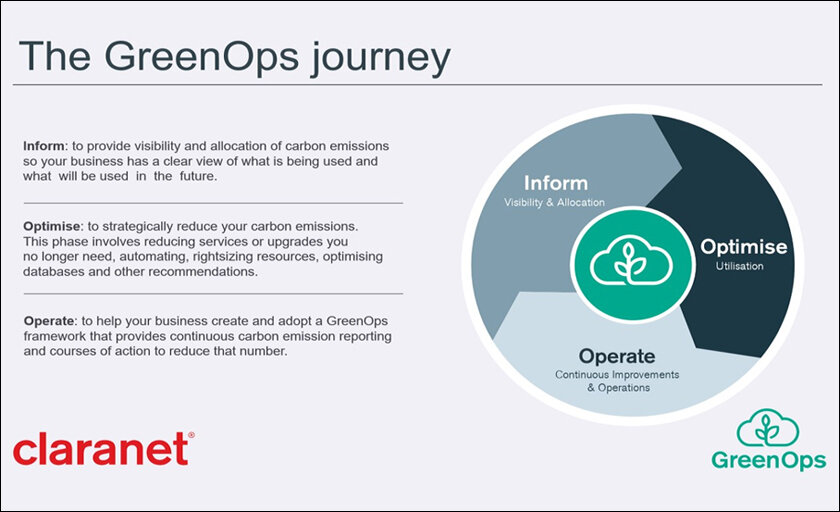
GreenOps: The Eco-Conscious Chef
Now, let’s talk about GreenOps. Consider this a personal eco-chef that stands with you in the preparation of the best family meal choices in an eco-friendly way. Like you may opt for locally sourced products or reusable bags, GreenOps invites businesses to make quick and deliberate changes that decrease the carbon legacy of their cloud operations. Thus, sustainability is a core principle for any modern business,” according to Google Cloud Vice President of Sustainability Cate Duncan.
Here’s how GreenOps helps businesses cook up a more sustainable cloud solution:
- Optimising Resource Utilisation: Ever leave the oven on after you’re finished cooking? GreenOps pushes companies to stop using unused cloud resources. Unknowingly, a lot of businesses keep virtual machines running all the time, even when they’re not in use. The primary focus of GreenOps is to facilitate the use of the auto-scaling mechanism, which in turn responds to demand by adjusting the cloud resources. It’s like turning off the oven once you are done with it; you only consume the energy you need!
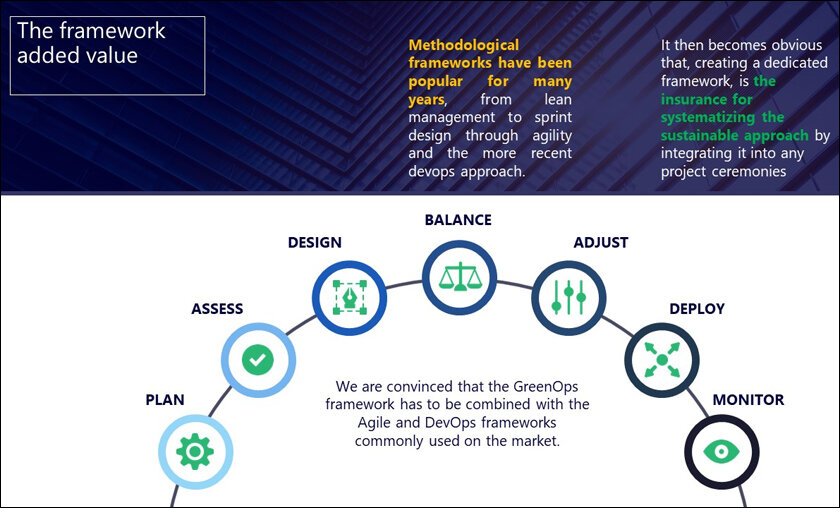
- Right-sizing for Efficiency: Just like choosing energy-efficient appliances for your kitchen, GreenOps emphasises selecting the most eco-friendly cloud resources for the job. Conversely, cloud service providers offer various types of virtual machines, some with strong processing power but also with a larger ecological footprint. GreenOps therefore assists businesses with resource selection that provides the desired performance without compromising environmental responsibility. After all, could you imagine just a small, energy-efficient oven being used to bake a single cake instead of a super-sized industrial one?
- Leveraging Renewable Energy Sources: Imagine that your kitchen is running on solar power! GreenOps assists companies in selecting cloud providers that use solar or wind as their energy sources rather than traditional, non-renewable sources. The transition to renewable energy sources greatly decreases the environmental footprint of cloud computing. It’s the equivalent of cooking with a renewable energy source, hence cutting down on your continuous fossil fuel use.
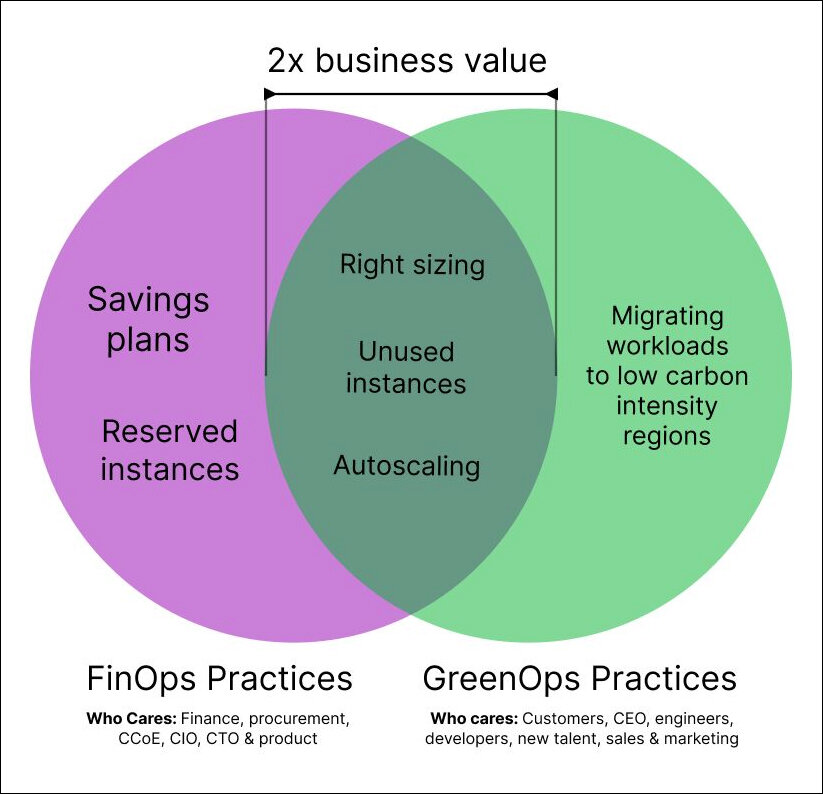
The Dynamic Duo: FinOps and GreenOps
Consider FinOps and GreenOps as Batman and Robin, who work together to fight cloud issues with the help of different approaches. With resource utilisation (FinOps) and by supplementing sustainable options (GreenOps), companies can allow themselves to take a step forward.
“FinOps and GreenOps’s convergence could be the turning point on the way to responsible cloud adoption,” says Sameer Karmarkar, CTO of CloudHedge. With a holistic approach, companies will have peace of mind and be sure they are not just saving money but also being responsible citizens. As a collective, these approaches help companies cut their bills as well as their environmental footprint, which makes them responsible business citizens.
What are some best practices for adopting FinOps and GreenOps?
Achieving optimal cloud resource usage and reducing the environmental footprint are the primary aims of FinOps and GreenOps. Here’s a look at some fresh perspectives on best practices for integrating both for a sustainable cloud journey:
1. Cloud-Native Development for Efficiency: Rather than just selecting efficient resources, think through cloud-native development techniques. Companies that develop cloud functionality into their applications from the ground up will be taking advantage of features such as serverless computing and microservices. These strategies limit server sprawl and encourage efficient resource consumption by nature, which lowers costs and improves the environment.
2. AI-powered Optimisation: Utilise the potency of artificial intelligence (AI) for cloud-based management with a smarter mindset. AI-driven technologies enable the recognition of historical usage patterns and the forecasting of future demand. This allows businesses to better allocate resources and implement auto-scaling strategies. By reducing idle time and energy usage, this data-driven method guarantees that resources are available when needed.
3. Green Procurement Practices: FinOps often focuses on optimising existing resources, whereas GreenOps pushes a step ahead by advocating for environmentally friendly purchasing practices. While negotiating a cloud service agreement, make sure to partner with providers that have a dedicated sustainability agenda. Consider options that encourage developers to dedicate carbon offset programmes or collaborate with renewable energy initiatives.
4. Community Collaboration for Green Innovation: Instead of only focusing on internal initiatives, go beyond and partner with other stakeholders. Collaborate with other sustainability-focused organisations or cloud user groups. By exchanging best practices, taking part in green optimisation hackathons, and pooling knowledge, you can create creative solutions to lessen your cloud footprint. Such a collaborative approach breeds a sense of community and creates a platform for designing new cloud solutions for an eco-friendly future.
5. Transparency through Green reporting: Go beyond traditional cost reports. Introduce a quarterly “Green Report” that reflects not only the economic but also the ecological performance of your cloud operations. Track and communicate metrics of energy consumption, carbon footprint reduction, and renewable energy usage along the way. This transparency builds trust among stakeholders and increases the environmental gains of FinOps and GreenOps techniques.
Beyond the Bottom Line: A Sustainable Future for Cloud
Instead of focusing on profits, the revolution in the cloud is about achieving the utmost potential for the business and the planet. It is an approach that utilises technology to promote continuous improvement while simultaneously promoting environmental sustainability. FinOps and GreenOps are the new watchwords; they stand for responsible innovation as much as cost-cutting tactics. This is a kind of future where the cloud isn’t only a business tool but also a means to develop a brighter and greener planet.






